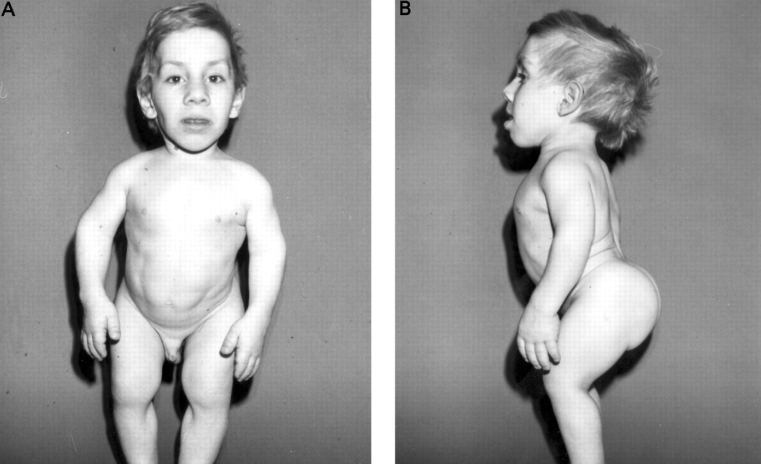Diastrophic dysplasia is a rare genetic disorder that affects the development of bones and joints. Researchers have been working to unravel the genetics of this condition to better understand its underlying causes.
Gene Mutation on Chromosome 5
One of the key findings in studying diastrophic dysplasia is the identification of a gene mutation on chromosome 5. This mutation affects the production of a protein called DTDST, which is essential for normal cartilage and bone development. When this gene is mutated, it disrupts the normal growth and formation of bones and joints, leading to the characteristic features of diastrophic dysplasia.
Effects on Bone Growth
The mutation in the DTDST gene has a direct impact on bone growth in individuals with diastrophic dysplasia. It interferes with the production of collagen, a protein that provides strength and structure to bones and joints. As a result, affected individuals experience stunted growth, skeletal abnormalities, and joint deformities. This understanding of the genetic basis of diastrophic dysplasia has important implications for diagnosis and potential treatment strategies.
Inheritance Pattern
Diastrophic dysplasia follows an autosomal recessive inheritance pattern, meaning that both parents must carry a copy of the mutated gene in order for their child to be affected by the condition. If both parents are carriers, there is a 25% chance with each pregnancy of having a child with diastrophic dysplasia. Genetic counseling is recommended for individuals who are carriers of the gene mutation to understand the risks and implications for future generations.
Potential for Gene Therapy
Understanding the genetic basis of diastrophic dysplasia opens up the possibility of developing gene therapy approaches to treat the condition. By targeting the mutated DTDST gene and restoring normal function, researchers hope to alleviate the symptoms and improve the quality of life for individuals with diastrophic dysplasia. While more research is needed to develop effective gene therapy strategies, these advances hold promise for the future of treating genetic disorders.
In conclusion, unraveling the genetics of diastrophic dysplasia has shed light on the underlying causes of this rare condition. The identification of a gene mutation on chromosome 5 has provided valuable insights into the effects on bone growth, inheritance patterns, and potential treatment options. By continuing to study and understand the genetics of diastrophic dysplasia, researchers are working towards improved diagnostics and targeted therapies for individuals affected by this disorder.

